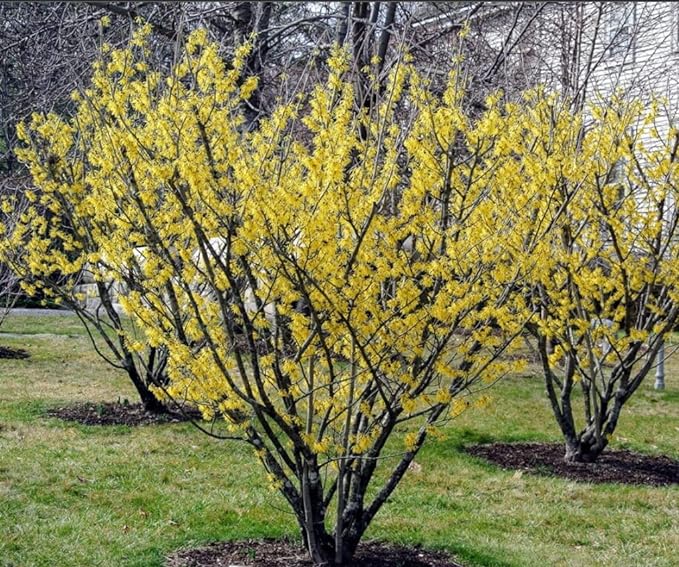For years, I have started each new year with a grand campaign for self-improvement. Often, I promise that I’ll paint something every day or that I’ll write something every day. Usually, I create an elaborate plan, and I write encouraging quotes for myself–words aimed to help me follow through. But my New Year’s resolutions never last long,
This year, I am approaching the new year differently. I have decided that I’ll simply add a new dimension to something that I love to do. I hope that I paint and draw more, too, but my challenge for this new year is simple. I vow to add new native plants to my garden every month for a year. I do not need to buffet myself to make myself garden more. Gardening is something that I love to do. I have long wanted to expand my native plant collection, and I have decided to do that systematically via my 2024 New Year’s resolution–and with the help of Camp Creek Native Plants in New Albany, MS.
In my former gardens, I largely relied on perennials, and this year, I’ll expand that concept by making sure that I am planting perennials and shrubs that are native to Mississippi:
“…we as gardeners can create quite a landscape with home-style Southern plants. Mississippians can have an effective four-season landscape using native plants.” – Norman Winter
Horticulturist
Central Mississippi Research & Extension Center
Several months ago, I created a garden calendar and some worksheets to help myself and other people approach their gardens with a bit of method. The pages are designed to fit an 8.5″ x 11″ notebook. Click on the following link and feel free to print the pages and make a garden journal for yourself, too.
Free Printable 8.5″ x 11″ Garden Journal Pages & 2024 Calendar

Cover for Jacki Kellum’s Garden Calendar – Free to Print
A couple of days ago, Camp Creek Native Plants published a set of graphics that work beautifully with the calendar that I had already created. The color schemes match perfectly. I had already determined that I would be ordering plants from Camp Creek Nursery, and I have decided that I’ll coincide my native plant buying to coincide with the following graphics:
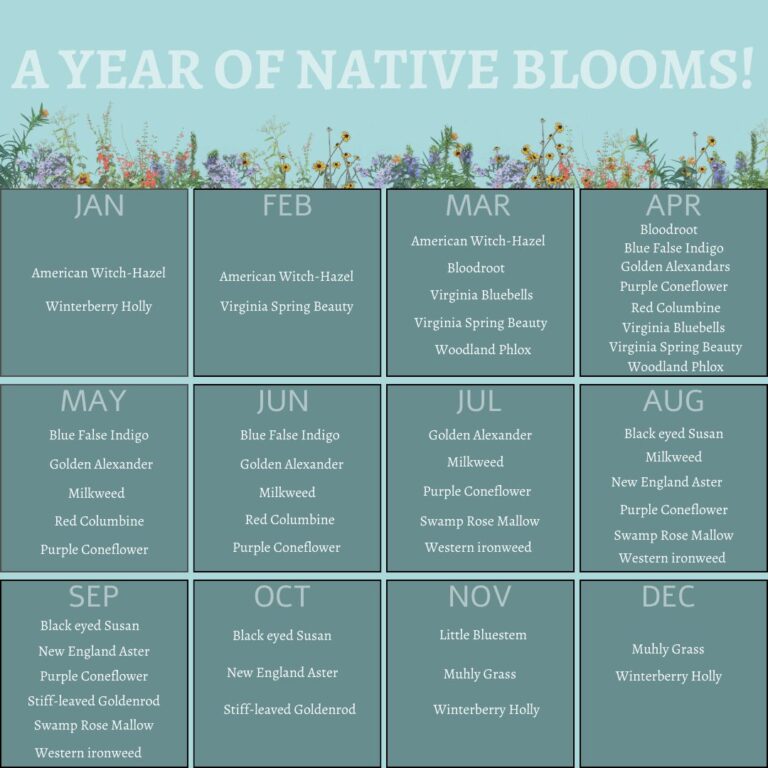
Image Credit: Camp Creek Native Plants
https://www.campcreeknativeplants.com/
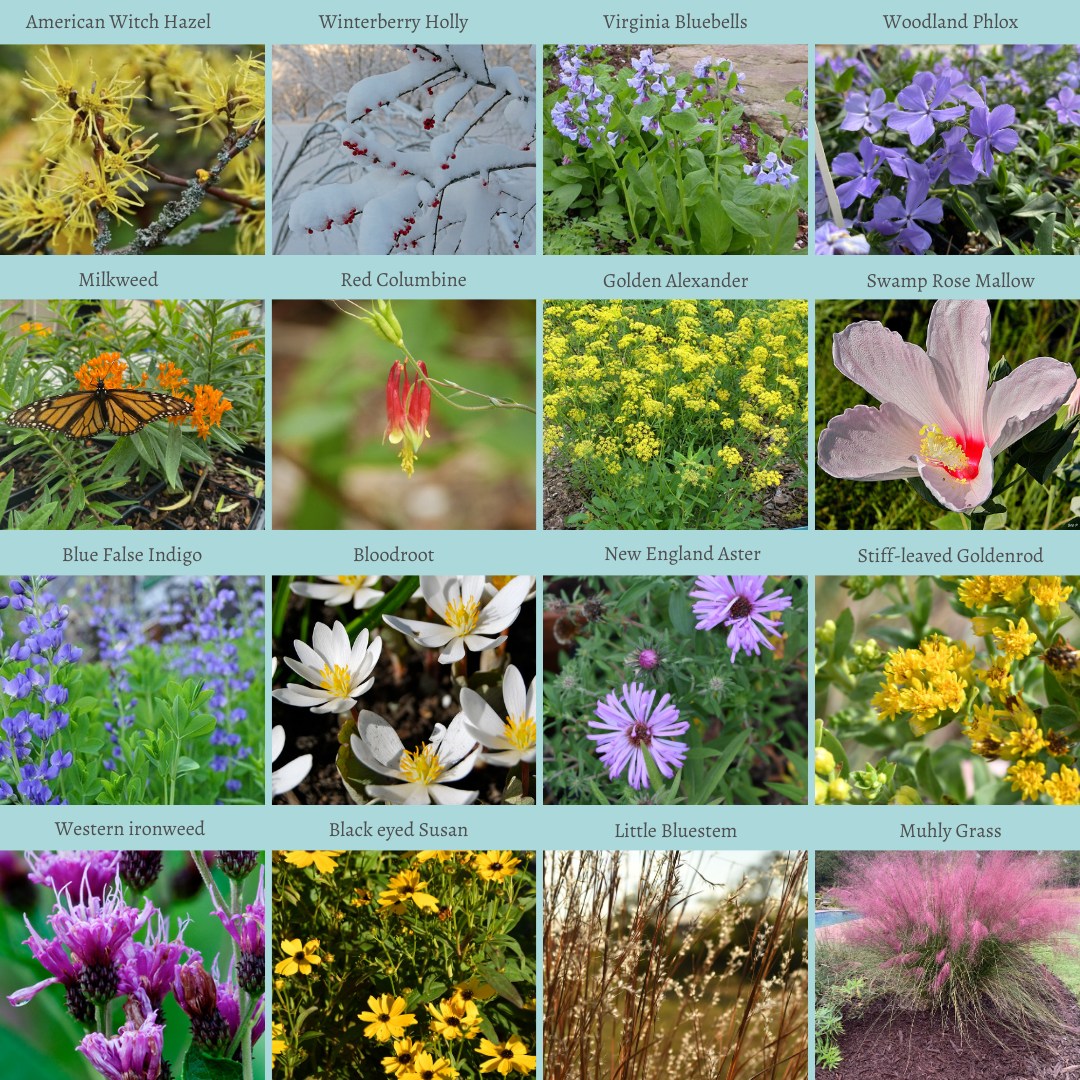
Image Credit: Camp Creek Native Plants
https://www.campcreeknativeplants.com/
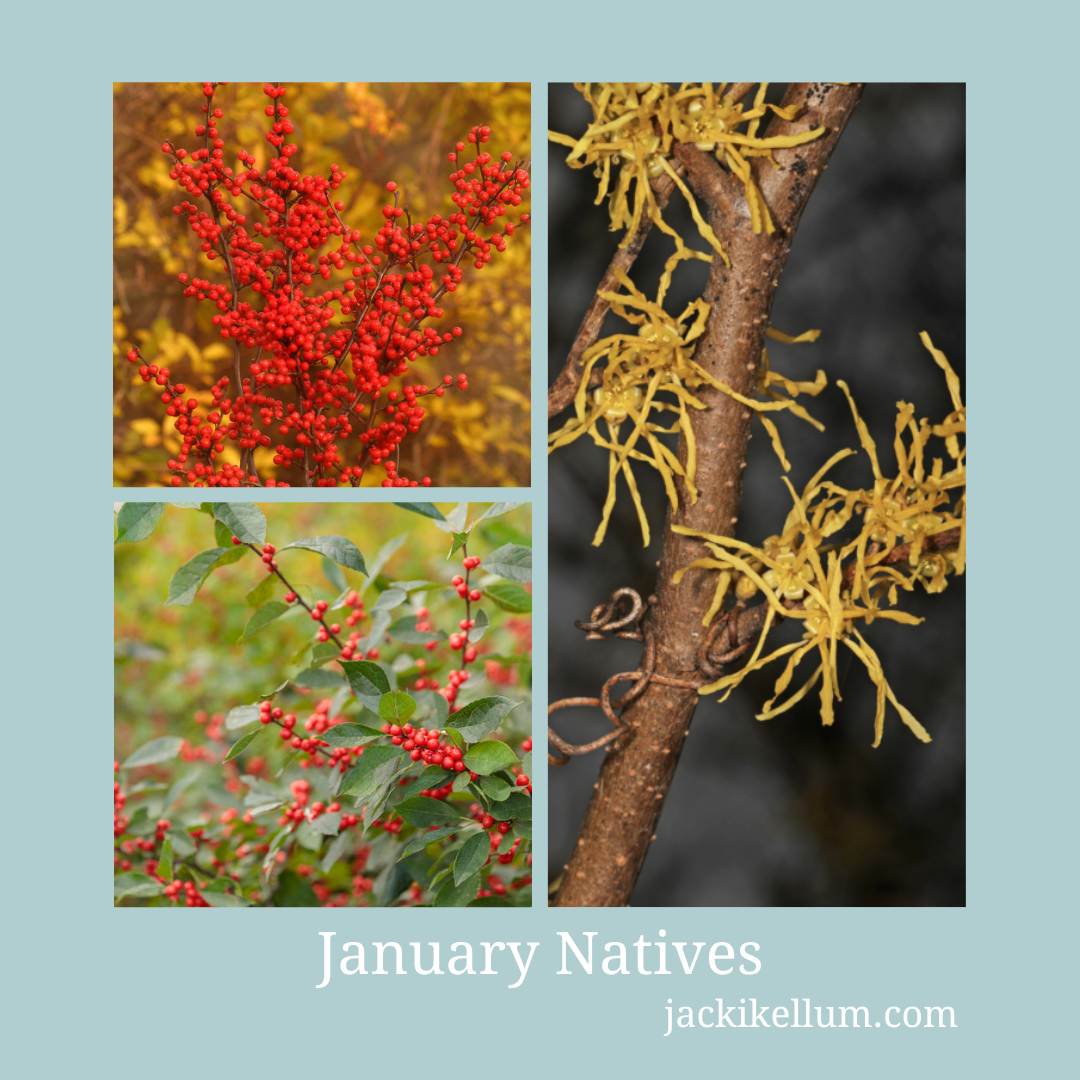
Native Perennial Plants to Enjoy in a Mississippi Garden in January
First Priority: Create a Hedeerow between my lawn and my neighbor’s yard.
January 1, 2024 –
On January 1, 2024, I joined the Arbor Day Foundation, and I ordered the following native trees from them:
- Mr. Poppins Winterberry – 1 Plant
- Berry Heavy Winterberry – 2 Plants
- Witchhazel – 1 Plant
As a gift for joining the Arbor Day Foundation, I’ll also receive seedlings of 10 flowering trees as follows:
- White Dogwood – 3 Plants
- Eastern Redbud – 3 Plants
- Washington Hawthorn – 2 Plants
- Sargent Crabapple- 2Plants
On January 1, 2024, I began fermenting berries to extract seeds to try to establish a hedge of winterberries along one of the outer edges of my property. That area is a wetter area during the spring. It will be a perfect spot to establish winterberry hollies.
On January 1, 2024, I also began an effort to root several winterberry stems in water. I eventually want winterberry hedge along at least 2 sides of my yard.
Winterberry Holly
Ilex verticillata (L.) Gray
Family: Aquifoliaceae

Image Credit: Tennessee Nursery
“[During the winter], many natives really strut their stuff. The Eastern red cedar (Juniperus virginiana) is Mother Nature’s Christmas tree choice for the South. While we notice disease and insects taking out many imported conifers, the Eastern red cedar keeps on trucking.
“Driving through neighborhoods, I quickly notice how statuesque the river birch (Betula nigra) looks in landscapes with its gorgeous peeling bark.
“The bright red berries of our native hollies give some of our best winter color. The American holly (Ilex opaca), yaupon (Ilex vomitoria), possum haw (Ilex decidua), and the swamp or winterberry holly (Ilex verticillata) deserve a place in the yard.” Norman Winter
Horticulturist
Central Mississippi Research & Extension Center
“Winterberry holly is a deciduous shrub that can grow 10 feet high and 6 feet wide. It has an open, wide-spreading form with upright branches. This holly is found in wet woods, bogs, and along the sides of streams. Female plants produce large, red fruit in winter that persist well through cold weather. Nearby male plants are required for fruit set. It is an excellent specimen plant for courtyards and gardens.” Mississippi State University Extension
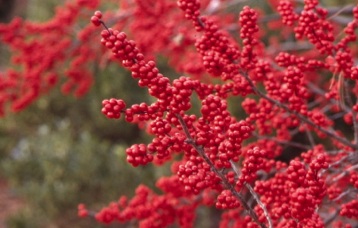
Wildlife Value
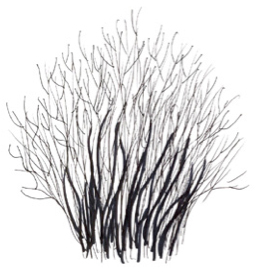
“The berries of winterberry are devoured by 49 species of birds, including songbirds, winter waterfowl, and game birds. Frequent songbird consumers include eastern bluebirds, hermit and wood thrushes, American robins, catbirds, northern mockingbirds, brown thrashers, cedar waxwings, and white-tailed sparrows. Because the berries are relatively low in fat content, they are often taken late in the winter when other fruits are scarce. This translates into a longer period in which we can enjoy the ornamental beauty of these winter fruits.
Raccoons and white-footed mice enjoy the fruits and seeds. Thoreau observed the mice, writing that they “run up the twigs at night and gather this shining fruit, take out the small seeds, and eat their kernels at the entrance to their burrows.”*
Deer also browse twigs and foliage of young plants.
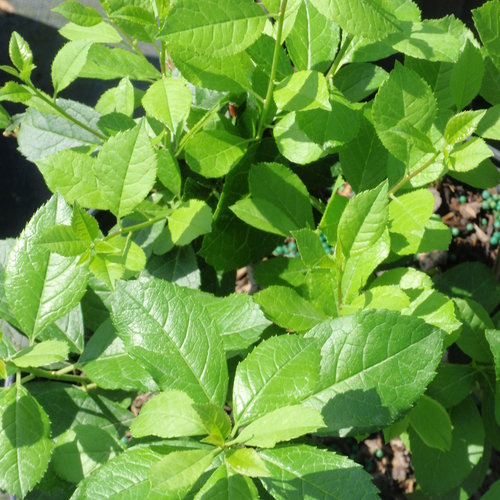
Mr. Poppins – Image Credit Proven Winners
Mr. Poppins is a male winterberry that is often used to fertilize female winterberry plants.
For many years, I have admired the shrubs and/or small trees that exhibit bright red berries during the winter. My research told me that the plants were a type of native holly, called winterberry. I have lived in Mississippi most of my life, but it wasn’t until this year that I heard my neighbors call these plants “Possumhaw.” At first, I thought that the people here had merely colloquialized the name of the plant that I have called “Winterberry,” but this year, I have discovered that Possumhaw and Winterberry are relatives. They are not the same plant.
“The most common deciduous holly species are Ilex verticillata, winterberry, and I. decidua, possumhaw. These two common names are often used interchangeably, though they really should not be. Winterberry has a slightly larger, more rounded leaf than possumhaw, while possumhaw is a glossier shade of green. The most obvious difference between the two is their mature size. Possumhaw is the larger of the two, topping out at 30 feet. Winterberry usually reaches no more than 15 feet. Most cultivars will not attain that size in the landscape. Ilex verticillatais slightly hardier, ranging from zones 3 to 9. I. decidua is typically hardy only to zone 5. Native to swampy areas, deciduous hollies are somewhat adaptable to various soils, as long as they are not allowed to get too dry. Both species prefer soils with an adequate amount of organic matter. Mulch your plants about 2- to 3- inches deep with organic mulch. Deciduous hollies prefer full sun, but can set some fruit in shade. Best fruit set is attained if there is a male plant in close proximity to the female to ensure adequate pollination. You may see some leaf spot or powdery mildew on some plants, but there are no serious pests for these plants.”
Read more at: https://extensiongardener.ces.ncsu.edu/gardening-publications-2/extgardener-previous-newsletters/extgardener-past-features/extgardener-deciduous-hollies-provide-winter-interest/
How can I grow Ilex verticillata (winterberry) from the berry (seed)?
Answer:
“… you can use the berries from current plants. If the berries are still firm enough, put them in a plastic bag and let them ferment. When soft enough (might take a week) to squish, separate the clean seed. Place the seeds in a pot. Winterberry is pretty tolerant of soils but it does grow in acidic soils in nature. Sprinkle sand (builders sand is best) over the top to cover. Place the pot(s) outside, it will need about 6 weeks of cold temperatures, out of direct sun, so it doesn’t dry out. This a very slow-growing shrub, and it may take until the following Spring before a new shoot appears.” The University of Maine Cooperative Extension
Winterberry Plant Description from the University of Maine Cooperative Extension
Form: a multi-stemmed shrub with dense, slender, upright, spreading branches; often forms thickets
Size: 6 to 12 feet tall with a similar spread
Ornamental characteristics:
- bright red berries on dark gray, leafless stems are a focal point in the winter landscape
Landscape Use
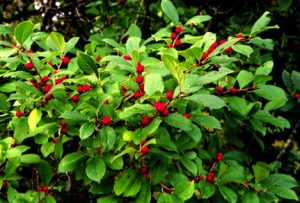
“Winterberry is an excellent choice for those spring-flooded sites that become dry in summer. It will tolerate both extremes of soil moisture, once established. Plant it with other native shrubs that will tolerate such conditions, including buttonbush (Cephalanthus occidentalis), steeplebush (Spiraea tomentosa), and red osier dogwood (Cornus sericea).
Alternatively, consider using winterberry as an informal hedge behind the garden border, where its lustrous green foliage will be a handsome foil for summer flowers. The bright red berries of female plants will take center stage in winter if you plant a male or two nearby.” University of Maine Cooperative Extension
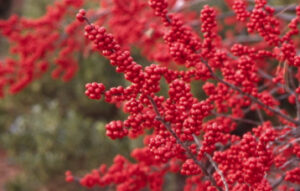
Image Credit: University of Maine Cooperative Extension
Witch Hazel – Image Credit Amazon
Witch Hazel
Hamamelis virginiana L.
Family: Hamamelidaceae
“Witch hazel is a large, deciduous shrub or a small tree that may reach 15 feet tall. It is found in a variety of rich woodlands and along stream banks. The large, scalloped leaves are attractive in summer and produce a yellow autumn color. The shrub has strap-like, yellow flower petals that are fragrant and bloom from fall into winter. Witch hazel has a spreading, sculptural form and is effective in the landscape as an understory specimen plant.” Mississippi State University Extension




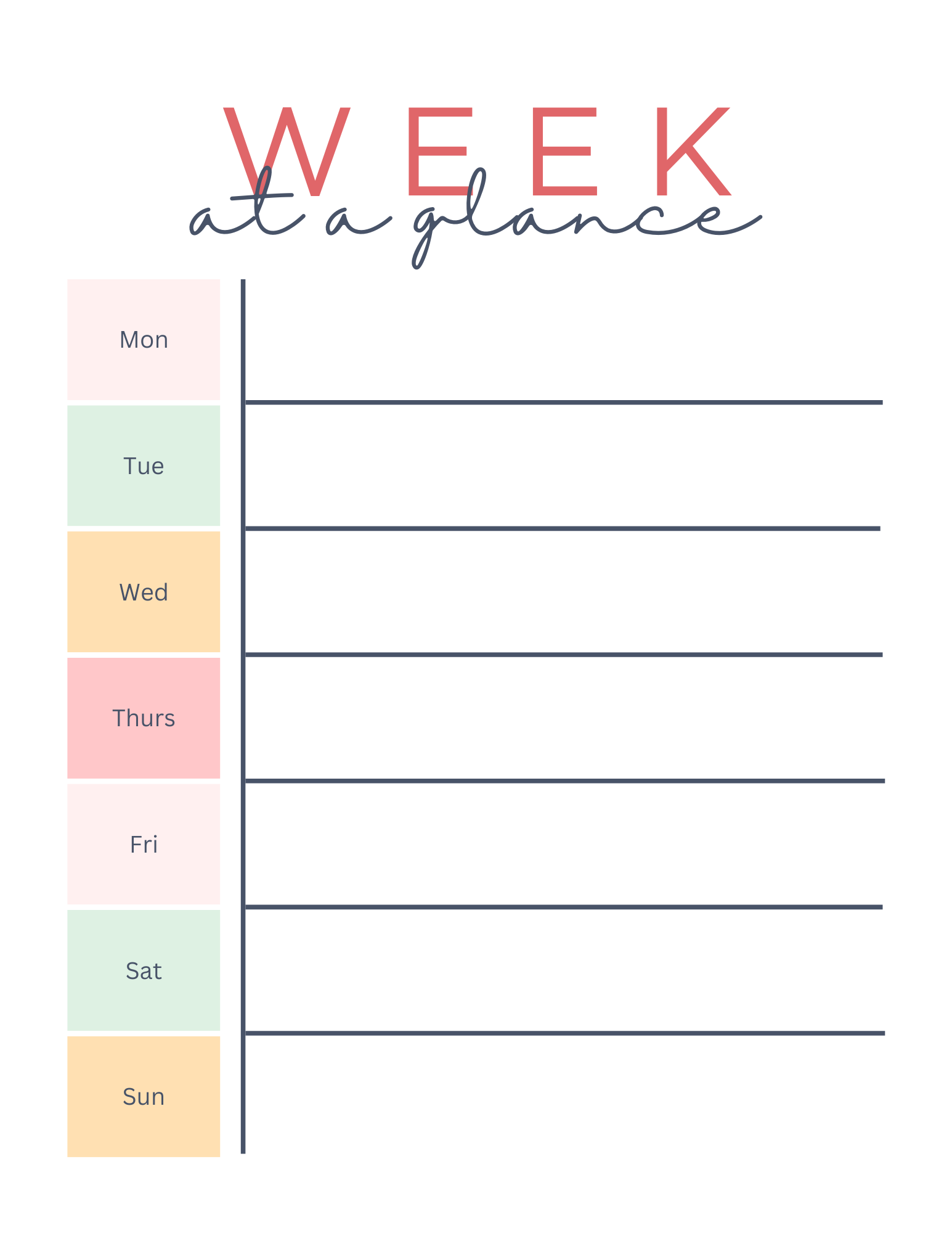
Discover more from Jacki Kellum
Subscribe to get the latest posts sent to your email.
